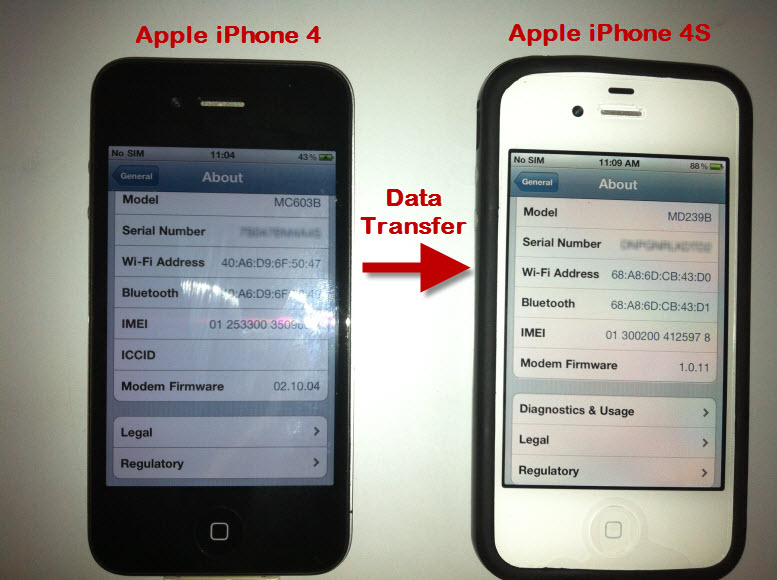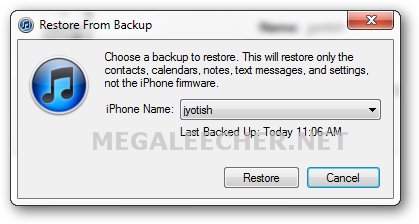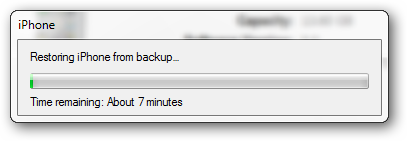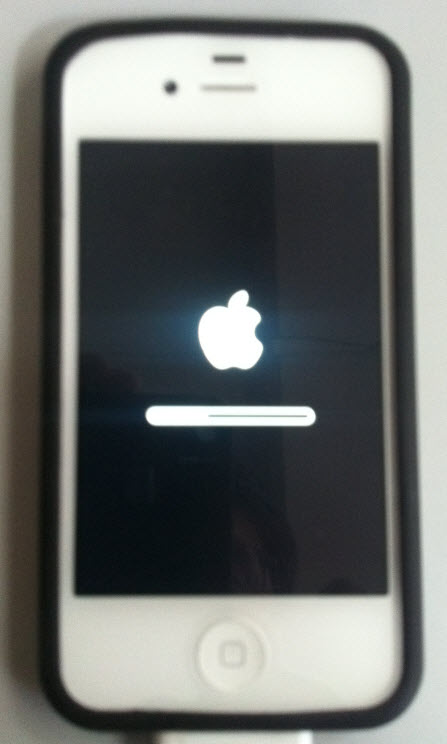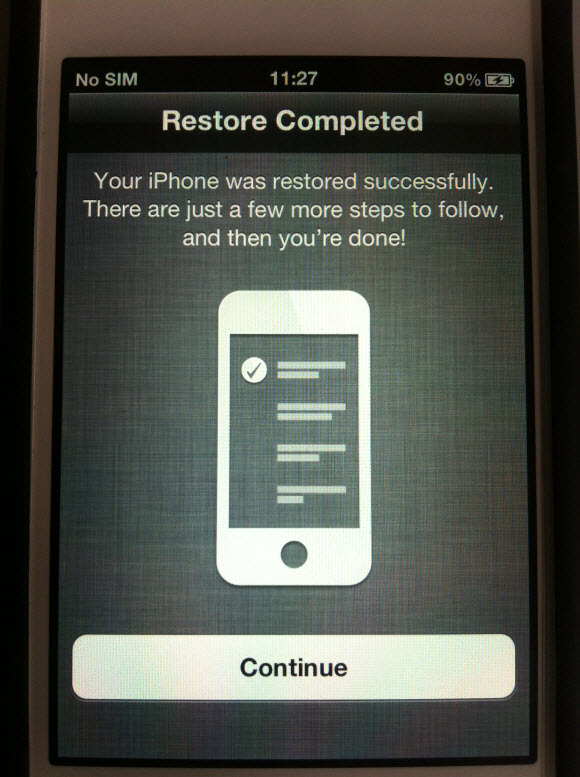At some stage, many people will find themselves asking this question. Why did they leave that great little job to take a turn in the management ranks? Let’s take a few minutes to consider how you can avoid becoming a member of this group.
At one time or another, most of us will come to a point in our lives when it’s time to determine our next step. As a business and success coach, I often hear from people who are wondering if it’s time to make a change in their lives. Things may be going well, or not-so-well, but for whatever reason, they’re thinking that it’s time for change. They come to me for help figuring out what’s next in their career.
Most people are not in jobs that they planned and studied for. As a matter of fact, it’s pretty clear that many people are in careers that just “happened.” They started working at a job thinking it was going to be something they’d do until they decided what they really wanted to get involved in, and then they just stayed around until it became a kind of career.
In other cases, individuals are in jobs or professions based on the guidance or encouragement of other people in their lives. Perhaps their parents always wanted a doctor in the family. Maybe their boyfriend or wife kept telling them they were capable of “better” things and needed to get moving on their career. My point is this: Regardless of how they got to where they are now, it wasn’t, for most of the population, a well thought-out plan that was skillfully executed.
In my coaching practice, I’ve learned that this situation often translates into people doing work that really isn’t right for them personally. They may be doing okay, but they sure don’t bound out of bed looking forward to getting to work each day.
We are all more successful when we are doing things we enjoy. To help clients decide what that may be, I ask them a few questions designed to get them to take an honest look at who they are at their core.
For those of you who’ve been thinking, “Maybe I should make the move into management,” I’ve put together this list of 10 warning signals. If any of these hit you as your personal reality, the chances are that you are not cut out to be a manager.
#1: You have a real desire to be liked
Many people feel better when most of the people they are in daily contact with like them. Usually, those same folks won’t feel satisfied when they know that others don’t like or respect them. Management is not about popularity contests. The best managers take the right action to get the job done in the most effective manner, and they know that may mean asking or telling others to do things, some of which may not make them popular. It comes with the territory. If you think you can always please everyone on your team and be effective, you are going to be disappointed.
#2: You prefer to avoid the spotlight and just be a part of the gang
Management is all about taking the lead. This means making decisions and standing up to tell others what you’ve decided. Management-by-consensus can work for some issues and opportunities, but it is rarely effective over the long term. At some stage, all groups will want their manager to stand up and act like one.
#3: Every time you are called on to comment about the topic being discussed, you experience short-term memory loss
Strong managers have good verbal communication skills. Even if you’re in a company with offices spread across the world, knowing how to take your point of view forward to others is a key quality of effectiveness. If you think that making conversation or having meetings with people you don’t know well is painful; you are going to flounder in management.
#4: Having a tough conversation with an employee causes you a great deal of duress
At some point, every manager will have to deal with an “issue” created by an employee or by the company itself. Things like personal appearance (”Stan, we don’t show three inches of underwear above our pants at ABC Corporation”) or annual performance assessments (”Susie, I’m sorry but we can’t give you the same size raise as the average for the department because your contributions were not as good as required”) are never easy for anyone. But they need to be done.
#5: You don’t like to make tough decisions
Managers are required to make decisions of all sizes everyday. I realize this sounds obvious, but I am continually surprised by how difficult it can be for a large percentage of the population. The fact is, some folks prefer to be told what to do and they will thrive doing the best job once given that kind of direction. If you prefer being given the answer or the direction to proceed over being the one who assigns and directs the tasks at hand, you’re probably not going to enjoy being a manager. Face the facts now and you can get on with enjoying your life as a team member.
#6: Being stuck in the middle between the leaders and the team makes your stomach churn
The real, day-to-day life of most managers is that they have people above them and people below them. In many cases, the ones above them will expect the manager to perform well, create thoughtful reports, give them answers to their questions, and develop action plans and proposals. In a similar fashion, those below them will want someone they can come to for direction, advice, counseling, and feedback. Both of these “constituents” will be cranky on many occasions, forgetting all the good stuff you’ve done in the past. If you don’t relish having to feed two sets of snapping alligators everyday, it may be time to decide this is the wrong zoo.
#7: You prefer to keep a low profile, just doing your job; when people look at you, it reminds you how many flaws you have
To be most effective, a good boss has to be visible. We all like to see our supervisor out there on the line alongside us. It makes us feel like we’re doing valuable things all day long. And we appreciate it when the leader can stand up and get things straightened out when they’re in chaos. If you don’t want to be scrutinized over your appearance, the way you talk, your hair, your management style, and your ability to keep things running smoothly in the heat of the day, perhaps you should consider staying in the comfortable cube you currently call yours.
#8: Having a verbal duel in a meeting isn’t your idea of fun and you feel uncomfortable standing up to communicate in a meeting
Ever notice how some people always have just the right response when someone says something to them? And how about those people who have no apparent fear of public speaking? You know who I mean; they always have just the right words and ideas on the spur of the moment. If you get anxious, choked up, turn red, or freeze when called on to participate in a debate or idea-generating forum; you may not want to get into a role that requires good communication ability in group settings.
#9: You dislike having to work hours beyond the “regular” schedule
Many people want a job they like, that pays fairly, and that has fixed and regular hours. In many companies, they are unlikely to find the last part if they choose to enter the management ranks. It’s a sad fact of life that for a lot of people, their hourly wage actually declines when they get promoted’to the job of manager. The nice raise they were given becomes less than expected when they start looking at the longer days on the job or even homework or weekend work.
#10: You could never fire someone because after all, everyone needs a job
I was once told by a manager at a software development firm that he found doing annual appraisals to be about as appealing as going in for dental surgery. He believed that his boss and the HR department always expected him to push his team to improve or else make changes. Like many organizations, his company was under the gun for productivity, and they wanted him to take some action to show that it wouldn’t allow poor performers to hang around. They told him that it was a bad signal to the real high performers if they saw people being allowed to stay employed while they didn’t deliver the goods. If this sounds like the kind of situation that could cause you to reach for that little bottle of purple pills, I suggest you don’t make the move into management just yet.
Thanks & regards,
"Remember Me When You Raise Your Hand For Dua"
Raheel Ahmed Khan
System Engineer
send2raheel@yahoo.com
send2raheel@engineer.com
sirraheel@gmail.com
send2raheel (skype id)
My Blog Spot
http://raheel-mydreamz.blogspot.com/
http://raheeldreamz.wordpress.com/
My Face book pages
http://www.facebook.com/pages/My-Dreamz-Rebiuld-our-nation/176215539101271
http://www.facebook.com/pages/Beauty-of-islam/223983470988333?sk=wall
http://www.facebook.com/pages/Health-is-wealth/289486761065829?sk=wall
"Remember Me When You Raise Your Hand For Dua"
Raheel Ahmed Khan
System Engineer
send2raheel@yahoo.com
send2raheel@engineer.com
sirraheel@gmail.com
send2raheel (skype id)
My Blog Spot
http://raheel-mydreamz.blogspot.com/
http://raheeldreamz.wordpress.com/
My Face book pages
http://www.facebook.com/pages/My-Dreamz-Rebiuld-our-nation/176215539101271
http://www.facebook.com/pages/Beauty-of-islam/223983470988333?sk=wall
http://www.facebook.com/pages/Health-is-wealth/289486761065829?sk=wall













